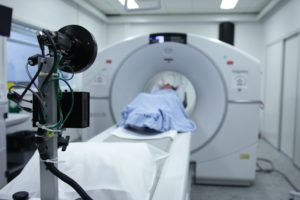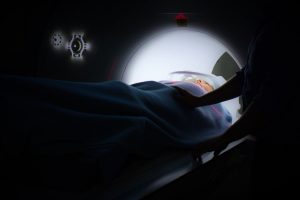Once installed medical equipment, such as linear accelerators, CT scanners, and other large scaled radiation therapy equipment must be properly maintained to ensure accurate results. Regular maintenance and service improves the longevity of equipment and increases equipment reliability.
More often than not, health care facilities do not have the budget to maintain an in house equipment care team, instead services on equipment is outsourced. Medical equipment is specialized, and sophisticated, biomedical engineers are responsible for the services performed to ensure they are done properly, in a timely fashion, and by qualified service professionals.
There is a complexity in managing and properly maintaining large scaled medical equipment, such as linear accelerators. This complexity exists for several reasons including:
- The specialization of equipment throughout medical facilities
- The integration of medical equipment and electronic networks
- The increase in requirements for compliance, safety, reliability, and accuracy
- The need for outsourcing medical equipment maintenance and repair
It is crucial that these elements are all focused on during the maintenance of facilities medical equipment inventory. This ensures equipment is maintained at the right time and application.
One way that biomedical engineers keep up with the intricacies of each unique piece of equipment is by using historical data for reference and through overseeing equipment audits. This allows professionals to analyze their management programs to improve efficiency and compliance all while decreasing costs.
Health care professionals should establish baselines on their equipment. Each facility is a different size and offers varied levels of technology. This is why it is inaccurate to use dollars spent as a comparison. Smaller, more budget conscience facilities may be required to purchase refurbished linear accelerators over brand new to stay within their facility’s financial requirements.
A better measurement to use is a program’s cost of service ratio. This measurement accounts for technology and the expense of maintenance, the ratio helps determine the financial effectiveness of an equipment maintenance program. This ratio is found through the division of total annual costs of operations by the initial cost of procuring equipment. Establish a goal that provides your company direction on reducing costs while increasing overall efficiency.
Medical equipment maintenance programs of the past have been based on an as needed basis for repairs. Equipment is not maintained and instead breakdowns are addressed as equipment breaks. Newer methodology involving medical equipment maintenance is time, predictive, and conditioned based to a new risk-based process. Prevention and corrective maintenance are now concerned with scheduled activities and repairs when equipment is out of service. This maintenance method prevents the ability to set service intervals based on useful data.
As an independent LINAC service company, Acceletronics is dedicated to delivering the best equipment performance and services for linear accelerators and CT scanners across all major brands and models, as well as new and refurbished LINAC systems for sale. More information can be found online at https://www.acceletronics.com/.


